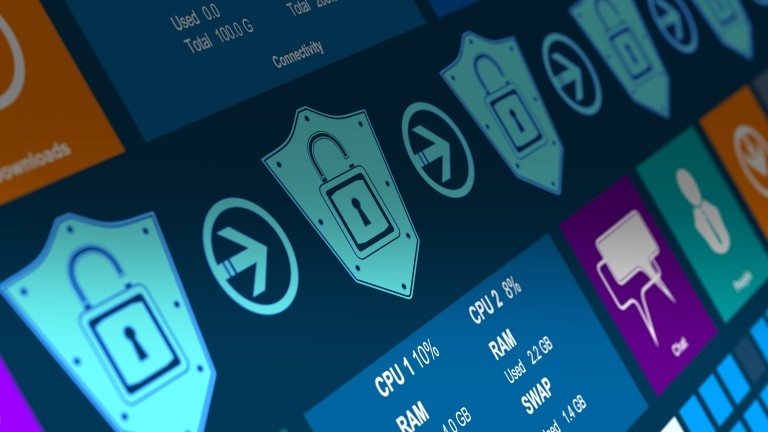
Designing Networks for IoT
The Internet of Things (IoT) has become an exceptionally popular catchphrase over the past few years. A simple search of the phrase on Google gives well over 200 million results, an impressive number for anything so specialized.
Unlike some technology fads of the past, IoT proves to be extremely valuable and important for a wide range of organizations and business sectors. It’s a paradigm shift, providing services and information that several decades ago would have been considered out of this world. Traditionally, the major services running on both private and public telecommunications networks have been voice, data and more recently—video. IoT is quickly becoming increasingly prevalent and is well on its way to attaining the status of a fourth significant service delivered over telecom networks.
IoT Trends
Since 2010, industry leaders have been predicting an explosion in the number of connected devices. These predictions have ranged from 50 billion by 2020 to 1 trillion by 2025! The latter forecast has obviously not materialized, but according to some estimates, we are not far from reaching 50 billion in the next three years. A wide range of fields that have been adopting IoT infrastructures includes connected buildings and smart cities, manufacturing, energy and utilities, transport, logistics, and even agriculture.
Unlike traditional data applications, IoT has no practical limit as to the number of devices deployed. There can only be so many PCs, laptops, mobile phones and tablets per person—how many gadgets can one person use at a time? However, the number of IoT devices is only limited by the scope of the applications themselves. For example, an agriculturalist who owns 2,000 acres of land may have several sensors per acre to measure moisture, sunlight and wind. A smart city may have several hundred sensors along each major road providing smart lighting, smart parking, or to measure pedestrian and vehicular traffic. Depending on the application, the number of connections will continue to increase at breakneck speeds. According to some experts, IoT devices are expected to exceed mobile phones as the largest category of connected devices sometime in 2018—growing at a compound annual growth rate of 23%.

Network Design
As the amount of IoT devices grows, the underlying telecommunications networks that support and serve them must also adapt. Telecommunication infrastructures must be designed to accommodate the traffic they carry. Voice, video, and data each have particular characteristics and requirements for successful transmission over the network. IoT traffic differs significantly in its nature and thus has unique network requirements that must be taken into account when designing the network that will carry them.
IoT Traffic Characteristics
Most IoT devices send and receive very little data. The vast majority of traffic is in the form of periodic transmissions of several lines of text containing sensor measurements, coordinates, toggle switch positions or simple commands, to name a few. This means that very low bandwidths are necessary at the access layer of the network. One of the major aspects that make network design challenging for IoT is the sheer number of connected devices. Where traditional LAN segments may contain on the order of tens or hundreds of devices, IoT applications can easily require thousands or more on a single network. Although the low bandwidth usage by each individual device does not pose a problem at the access layer of the network, moving in toward the distribution and especially the core layer, the problem begins to become more prevalent.
Addressing the Network Addressing Challenge
The potentially vast number of IoT devices in a single network segment puts a massive strain on network resources as far as Layer 2 and Layer 3 addressing at the core network. MAC address tables and ARP tables can get extensively large. There are several ways to tackle this issue. What will be implemented in each case depends on several factors—one of the most important of which is cost. If a new network is being designed from scratch, it's much easier to engineer it to accommodate IoT traffic patterns from its inception. If there is existing network infrastructure and it is to be modified to handle IoT traffic, which is often the case, reengineering such a network can be more expensive than its worth.
Here are several thoughts that may help to alleviate some of the grief and discomfort associated with preparing a network for use with extensive IoT applications.
Employ core network technology with sufficient resources
Among the simplest and most cost-effective solutions is to use core network technology that has the necessary capacity and resources, including CPU power and memory, to accommodate the enormous MAC address and ARP tables needed for a large number of IoT devices per subnet. This is especially useful when dealing with a network that may have undergone a recent upgrade without taking such traffic needs into account. This method can effectively help avoid the cost of extensively reengineering the network. Not only will this extend the life of the network, but it will also make corporate administrators happy that they don’t need to spend a lot more money to accommodate IoT.
Configure routing as close as possible to the access layer
If a new network is being designed from scratch, this is the way to go. Networking professionals have learned from Network Design 101 that broadcast domains should be kept small to avoid broadcast storms and improve efficiency. This means moving routing from the core network to the distribution network, and even to the border between the distribution and access networks. The result may be a more complex IP addressing scheme, but a much more efficient network.
Use IPv6 addressing
IPv6 has been engineered especially for use with large numbers of devices such as those found in IoT applications. Not only does IPv6 provide a seemingly inexhaustible supply of addresses, but it operates in such a way to allow for many more endpoints per subnet. Because IPv6 has done away with the broadcast, broadcast storms aren’t as much of a concern. A network segment can safely increase by up to a factor of ten with very little impact on network functionality. This provides for fewer subnets with many more devices within each, making management simpler and more efficient.
Wrapping Up
IoT is definitely here to stay. All indicators show that it is quickly becoming a part of the mainstream telecommunications industry. Compared to telecom trends of the past, even if measured solely by the number of connections, its rate of adoption has been unprecedented and is only expected to accelerate into the future. We will be closely watching these trends and examining how the technology evolves, and how the market and individual users will be taking advantage of this significant paradigm shift.
No one can really say what IoT will look like five or ten years from now, but one thing is for certain: it will eventually surpass all other telecom applications in usage as well as in-network capacity. More than ever, this means that telecom networks must be future-proofed one way or another and made ready to support these applications for years to come.


